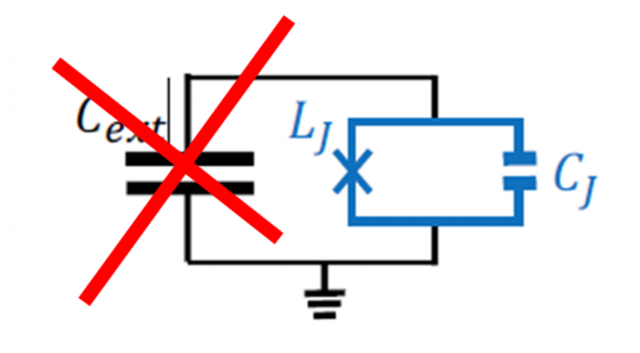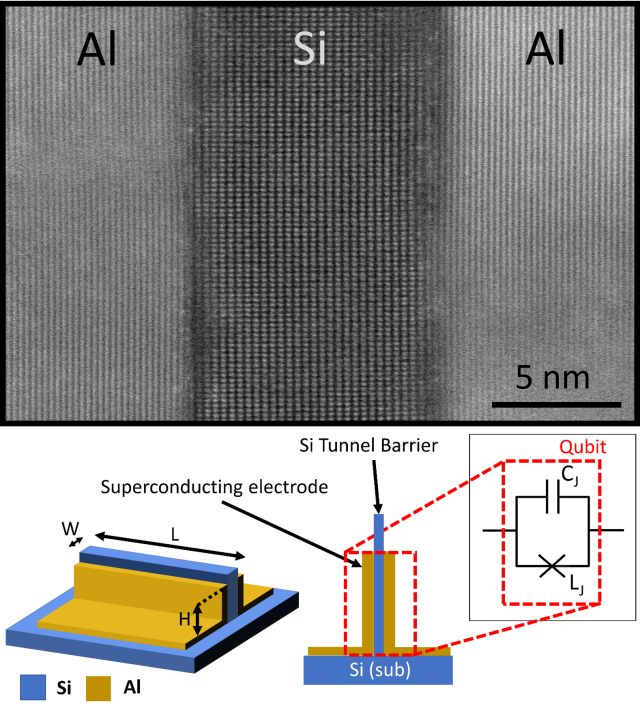
Low-loss Superconducting Circuits for Qubit Applications
Superconducting qubits currently lead the field of quantum computing. These qubits operate by combining shunt capacitors and Josephson junctions within superconducting circuits to define a two-level computational subspace. Over the past 15 years, their coherence times and energy relaxation rates have improved by nearly an order of magnitude. Despite this progress, state-of-the-art qubit performance remains fundamentally limited by material imperfections—particularly dielectric loss originating from interfaces and junction barriers.
Our lab, in close collaboration with NIST-Boulder, is addressing this challenge through materials development and novel device architectures aimed at minimizing loss. We are specifically investigating low-temperature growth techniques and advanced substrate preparation methods to improve the quality. Another promising direction is the Merged-Element Transmon using silicon fins (FinMET), which replaces the conventional AlOx tunnel junction with a single-crystalline silicon barrier. This design offers the potential for substantially lower loss due to the elimination of amorphous oxide barriers.
We are also studying deposition, characterization, and fabrication of low-loss superconducting circuits on single-crystalline diamond substrates in collaboration with Ania Jayich lab in the Physics department.

Relevant Publications
Cryogenic growth of tantalum thin films for low-loss superconducting circuits
Towards merged-element transmons using silicon fins: The FinMET
Epitaxial Al/GaAs/Al tri-layers fabricated using a novel wafer-bonding technique
Dielectric loss due to charged-defect acoustic phonon emission